It was with much trepidation that we set off to travel the short distance to Belsen.
It was a beautiful clear, sunny morning and the long straight road passed through pale green beech woods.
We followed the signs to Gedenkstatte Bergen-Belsen. At 10.30am there were lots of cars and coaches in the car park. Most of the coaches were for German school parties.
We went first into the Memorial and Documentation Centre.
This is divided into separate sections to cover the camp's history:
The Wehrmacht POW Camps 1939-1945
The Bergen-Belsen Concentration Camp 1943-1945
The Bergen -Belsen Displaced Person's Camp 1945-1950
The camp was originally for POW's - mostly from Russia, 20,000 of whom died.
In 1943 the SS took over part of the grounds and established the Concentration Camp. At least 52,000 men,women and children died in this camp. Most of them during the last months of the war.
When the British liberated the Camp on 15th April 1945 they found 63,000 inmates and approx 10,000 unburied bodies. These are buried in mass graves on the Camp Grounds.
The survivors, most of whom were at death's door,
were gradually moved to the Army Barracks just down the road ( now Hohne Barracks and run by the British Army Armoured Brigade)
The wooden huts at the camp were set on fire to limit the Typhus and other epidemics.
After the Liberation another 13,000 of the survivors eventually died and are buried at the Barracks.
The documents and photos in the memorial were very harrowing to see. It is beyond belief that this happened.
The British command insisted that the 3 of the leaders of Celle Town and 3 from the area were brought to the camp to witness the horrors which had taken place right under their noses, so they could inform the local inhabitants.
After we had visited the Memorial centre we had a break and then entered the actual Camp area.
This was very quiet and it seemed that not a lot of the younger visitors came here.
There is not a lot of the actual camp to see, as most of it has been raized to the ground.
The main memorials still had all the beautiful flowers from the ceremonies to mark 70 years since the Liberation.
The huge mass graves stand out as almost the only structures.
The area is now quite wooded, with silver birches and beeches and there were birds singing....
After we left the camp, we drove past Hohne Barracks and about 6kms back up the road we turned off to see the Ramp at the station where the transports arrived. This is now a protected area, although it is also in the military zone and verboten to enter. The train tracks are full of Army Tank transporters for NATO manoeuvres on Luneberg Heide, nearby.
We walked down a track behind the military fence to access an original cattle truck,used for transport, which is now a memorial.
After getting off the train the prisoners had to walk the 6kms back up the road to the camp entrance. Many died along the way, but were ignored by the locals.
There was a MH Aire in a nearby village but we did not feel comfortable spending the night in the area. So we drove on past Luneberg, to an Aire at Adendorf. This had been newly developed, so instead of being free we had to pay 10e. We did get free water and pump out though.
Hell on Earth- may be difficult to read.
Wednesday, May 06, 2015
 Adendorf, Lower Saxony, Germany
Adendorf, Lower Saxony, Germany
Other Entries
-
1The spirit was willing but the flesh was VERY weak
Apr 306 days prior Bergues, Francephoto_camera1videocam 0comment 0
Bergues, Francephoto_camera1videocam 0comment 0 -
2Taking it very gently.
May 015 days prior Bree, Belgiumphoto_camera2videocam 0comment 0
Bree, Belgiumphoto_camera2videocam 0comment 0 -
3Come in Echo Bravo 617...........
May 024 days prior Mohnesee, Germanyphoto_camera18videocam 0comment 1
Mohnesee, Germanyphoto_camera18videocam 0comment 1 -
4Dam again!
May 033 days prior Hemfurth-Edersee, Germanyphoto_camera7videocam 0comment 0
Hemfurth-Edersee, Germanyphoto_camera7videocam 0comment 0 -
5Deja vu x 2?
May 042 days prior Bad Harzburg, Germanyphoto_camera24videocam 0comment 0
Bad Harzburg, Germanyphoto_camera24videocam 0comment 0 -
6Hometown Twin
May 051 day prior Celle, Germanyphoto_camera7videocam 0comment 1
Celle, Germanyphoto_camera7videocam 0comment 1 -
7Hell on Earth- may be difficult to read.
May 06 Adendorf, Germanyphoto_camera31videocam 0comment 0
Adendorf, Germanyphoto_camera31videocam 0comment 0 -
8Right on the Schlei
May 071 day later Schleswig, Germanyphoto_camera17videocam 0comment 0
Schleswig, Germanyphoto_camera17videocam 0comment 0 -
9Look what they found in a bog!
May 082 days later Schleswig, Germanyphoto_camera22videocam 0comment 0
Schleswig, Germanyphoto_camera22videocam 0comment 0 -
10What a Belter!
May 093 days later Tårup, Denmarkphoto_camera22videocam 0comment 0
Tårup, Denmarkphoto_camera22videocam 0comment 0 -
11Blowing in the wind.
May 104 days later Tårup, Denmarkphoto_camera8videocam 0comment 0
Tårup, Denmarkphoto_camera8videocam 0comment 0 -
12Still here
May 115 days later Tårup, Denmarkphoto_camera0videocam 0comment 0
Tårup, Denmarkphoto_camera0videocam 0comment 0 -
13Start of the tolls!
May 126 days later Lomma, Swedenphoto_camera31videocam 0comment 1
Lomma, Swedenphoto_camera31videocam 0comment 1 -
14Swedish Fjords?
May 137 days later Uddevalla, Swedenphoto_camera25videocam 0comment 5
Uddevalla, Swedenphoto_camera25videocam 0comment 5 -
15Ascension Day
May 148 days later Uddevalla, Swedenphoto_camera11videocam 0comment 3
Uddevalla, Swedenphoto_camera11videocam 0comment 3 -
16Norway - we did it!
May 159 days later Oslo, Norwayphoto_camera14videocam 0comment 3
Oslo, Norwayphoto_camera14videocam 0comment 3 -
17Fram, Kon Tiki and wet and cold.
May 1610 days later Oslo, Norwayphoto_camera44videocam 0comment 3
Oslo, Norwayphoto_camera44videocam 0comment 3 -
18Getaway!
May 1711 days later Hol, Norwayphoto_camera25videocam 0comment 0
Hol, Norwayphoto_camera25videocam 0comment 0 -
19So beautiful it makes your eyes hurt!
May 1812 days later Kvanndal, Norwayphoto_camera70videocam 0comment 1
Kvanndal, Norwayphoto_camera70videocam 0comment 1 -
20Dramatic fjord scenery.
May 1913 days later Bergen, Norwayphoto_camera56videocam 0comment 1
Bergen, Norwayphoto_camera56videocam 0comment 1 -
21A dry day in Bergen!!!
May 2014 days later Bergen, Norwayphoto_camera6videocam 0comment 0
Bergen, Norwayphoto_camera6videocam 0comment 0 -
22World's longest road tunnel
May 2115 days later Sogndal, Norwayphoto_camera34videocam 0comment 0
Sogndal, Norwayphoto_camera34videocam 0comment 0 -
23Rain, sun, wind and rainbows
May 2317 days later Sogndal, Norwayphoto_camera29videocam 0comment 3
Sogndal, Norwayphoto_camera29videocam 0comment 3 -
24Triple sadness
May 2418 days later Olden, Norwayphoto_camera49videocam 0comment 0
Olden, Norwayphoto_camera49videocam 0comment 0 -
25Whiteout! Wipeout!
May 2519 days later Folldalen, Norwayphoto_camera46videocam 0comment 0
Folldalen, Norwayphoto_camera46videocam 0comment 0

 Adendorf, Lower Saxony, Germany
Adendorf, Lower Saxony, Germany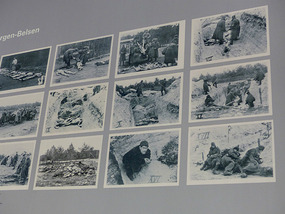
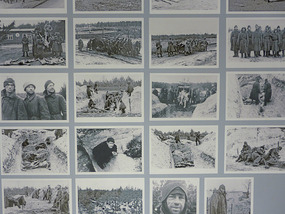
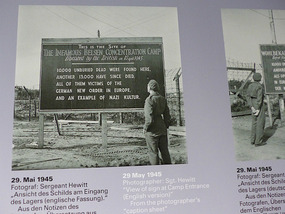
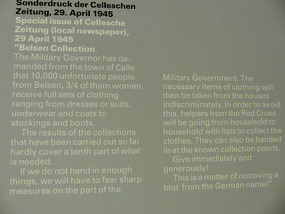
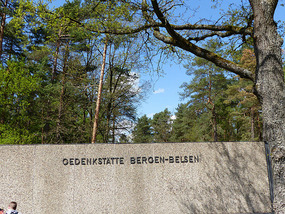
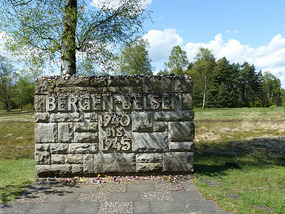
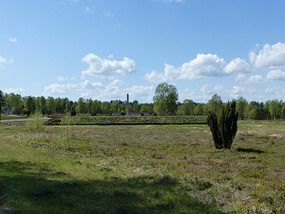
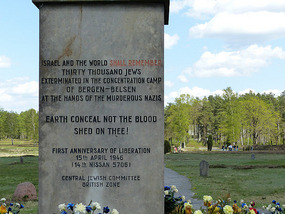
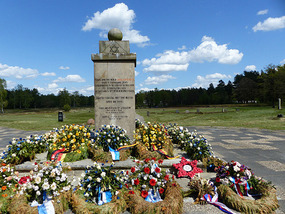

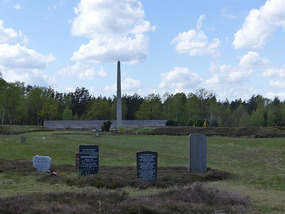
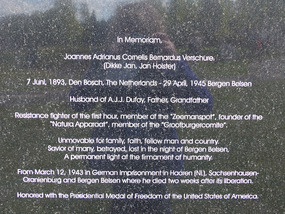
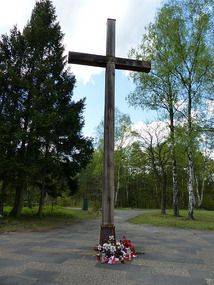
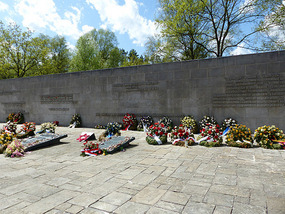
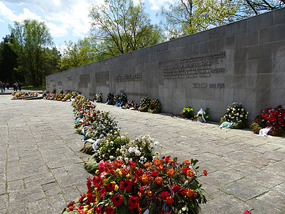
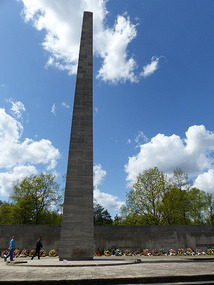
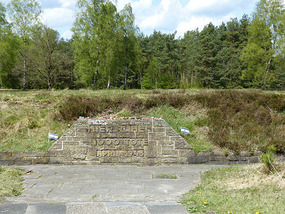
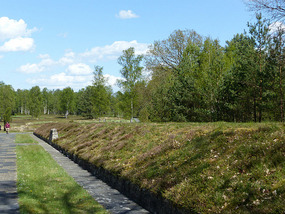
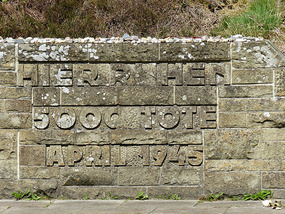

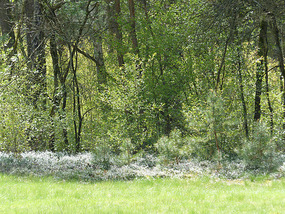
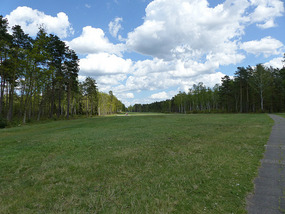
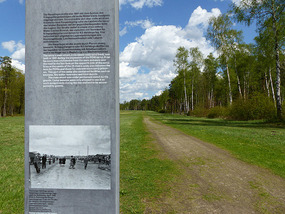
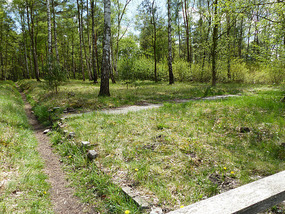
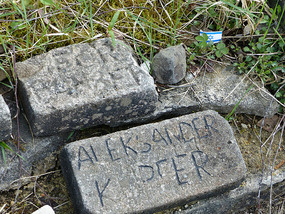
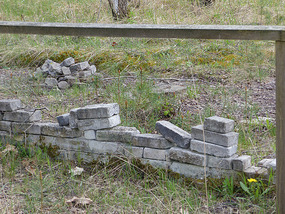
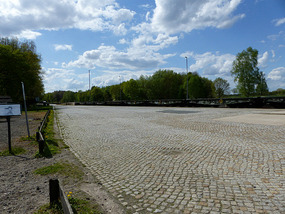
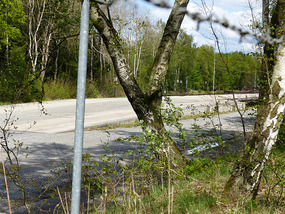
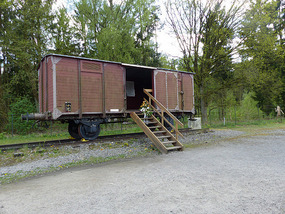
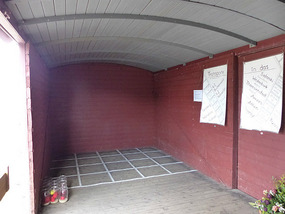
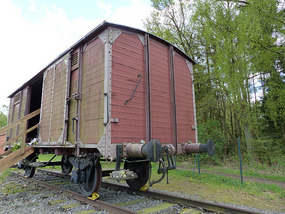






2025-05-22